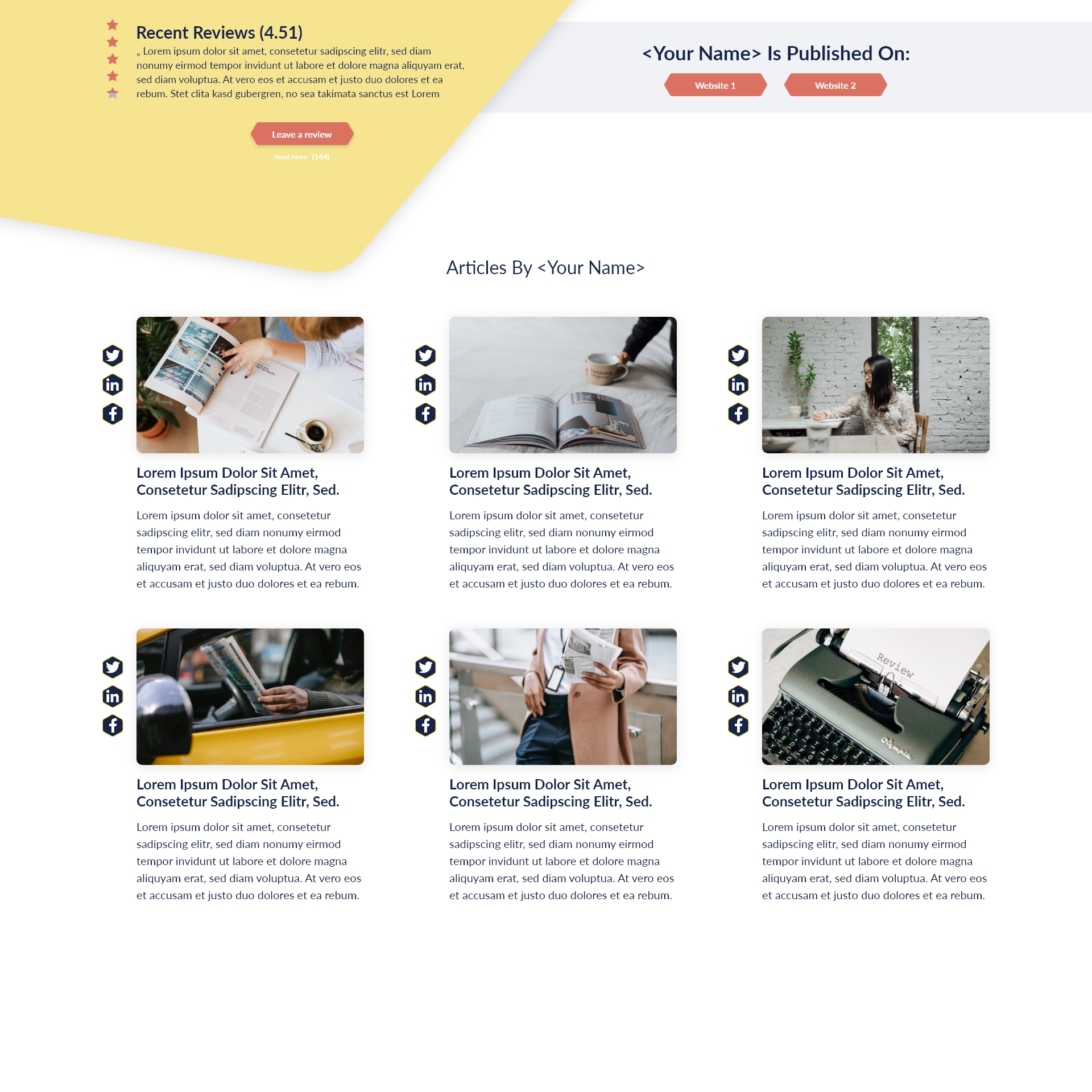Key Takeaways:
- Effective relationship-building skills elevate leadership performance and impact.
- Professional boundaries protect both leaders and teams, ensuring cohesion and respect.
- Cultivating trust and transparency forms the backbone of productive teams.
- Proactive conflict resolution strategies can prevent escalation and foster growth.
- Empathy in communication enhances leader credibility and team morale.
- Mentoring and coaching accelerate leadership development and future readiness.
Introduction
Discover how mastering relationships transforms leadership impact, boosts team cohesion, and drives sustainable organizational success. In a world where leadership extends beyond process management and business analytics, those who excel at fostering strong interpersonal relationships stand out. Talent development initiatives directed at high potential employees, especially those centered around leadership training programs, recognize the immense value of nurturing relationship-centric skills. This article dives deep into the strategies and habits that allow future leaders to maximize their influence, build trust, and tackle the human complexities inherent in organizational life.
Understanding Professional Boundaries in Leadership
What Are Professional Boundaries and Why Do They Matter?
Professional boundaries denote the invisible lines that distinguish personal from professional relationships and define appropriate interactions within workplace settings. For leaders, these boundaries matter because they set clear expectations, reduce ambiguity, and protect both the leader and the team. They prevent favoritism, protect confidential information, and minimize misunderstandings.
Setting Limits Without Losing Team Connection
Maintaining boundaries doesn’t require emotional distance. Leaders can set clear expectations around availability, communication, and decision-making while remaining approachable and supportive. By actively listening, providing regular feedback, and modeling healthy work-life integration, leaders demonstrate that limits exist to support—not hinder—authentic connections.
Risks of Overstepping Boundaries in Leadership Roles
Crossing professional boundaries may erode trust, promote perceptions of bias, and complicate decision-making, especially in conflict-laden situations. Leaders who become too familiar with certain team members risk alienating others or losing objectivity. Setting and maintaining consistent, well-communicated boundaries creates a fair environment and reinforces trust in leadership.
Building Trust With Team Members for Stronger Relationships
Essential Habits That Cultivate Team Trust
Trust is the cornerstone of all effective leadership. Habits such as honoring commitments, practicing consistency, providing constructive feedback, and recognizing team achievements contribute to a culture where team members feel respected and valued. Open-door policies, regular check-ins, and equitable delegation further foster dependability.
How Transparency Enhances Relationship Credibility
Being transparent about goals, decisions, and organizational changes affirms leader credibility. Leaders who admit uncertainties when appropriate and share reasoning behind decisions empower their teams to feel included and respected, even in challenging situations. Transparency also mitigates misinformation and rumors, keeping teams aligned on unified objectives.
Can Trust Be Repaired? Steps After a Breach
When trust falters, restoration is possible—but requires intention and time. Leaders should acknowledge missteps openly, take responsibility, clarify intentions, and communicate the steps taken to prevent recurrence. Authentic apologies, consistent follow-through, and seeking feedback from affected individuals are key to rebuilding relational capital.
Conflict Resolution Strategies in Organizations: Strengthening Internal Relationships
Identifying Common Relationship Triggers in Workplace Conflicts
Workplace conflicts frequently arise from miscommunication, unclear role definitions, competing priorities, or cultural misunderstandings. Leaders must be astute in recognizing these early triggers, as well as understanding team member perspectives and emotional undercurrents.
Facilitative vs. Directive Approaches to Resolution
Leadership training often emphasizes two main approaches: facilitative and directive. Facilitative approaches encourage parties to collaboratively generate solutions, fostering buy-in and developmental growth. Directive approaches, while necessary for urgent issues, involve the leader stepping in to mediate or make conclusive decisions. Effective leaders navigate between both styles by assessing the context and needs of the situation.
Preventative Strategies to Minimize Future Disputes
Prevention starts with establishing norms of psychological safety, clarity in expectations, and ongoing communication. Regular team-building, training in emotional intelligence, and promoting a culture where feedback is both given and received constructively can dramatically reduce the likelihood of chronic conflicts.
The Role of Empathy in Executive Communication: Humanizing Leadership Relationships
How to Express Genuine Empathy as a Leader
Empathy underpins the most successful executive communication. Leaders can express empathy by actively listening without judgment, acknowledging emotions, and responding thoughtfully. Demonstrating genuine concern goes beyond words—body language, follow-up actions, and individual check-ins all signal authentic empathy.
Measuring the Impact of Empathic Relationships
Organizations report increased engagement, retention, and morale among teams led by empathic leaders. These leaders foster inclusive cultures, reduce stress, and create psychological safety, setting the stage for greater innovation. Quantitative measures such as employee satisfaction surveys and attrition rates, alongside qualitative feedback, reflect empathy’s impact on organizational health.
Empathy-Driven Communication During Challenging Times
During periods of uncertainty—such as restructures, layoffs, or market upheaval—leaders must double down on empathy. Communicating with sensitivity, offering reassurance, acknowledging hardships, and providing actionable support resources demonstrate care for employee well-being. This not only stabilizes culture during change, but also strengthens relational loyalty.
Maximizing Mentoring and Coaching Relationships for Leadership Growth
Differences Between Mentoring and Coaching Relationships
Mentoring and coaching both drive leadership growth, yet they serve distinct functions. Mentoring typically involves a long-term developmental partnership focused on sharing wisdom, guidance, and career navigation. Coaching, by contrast, is often more goal-oriented and centered on performance or behavioral change. Understanding when each is appropriate allows leaders to maximize learning for high potential employees.
Matching Leadership Styles with Mentoring Approaches
Leaders benefit from aligning their mentoring approach with personal leadership style. For example, transformational leaders may favor developmental mentoring, empowering mentees to seek their own solutions. Transactional leaders might guide through structured feedback and established pathways. Assessing both the mentor’s and mentee’s values, learning styles, and aspirations ensures productive partnerships.
Building Sustainable Coaching Networks
Sustainable coaching networks expand beyond formal one-on-one arrangements. Peer coaching circles, affinity groups, and executive sponsor relationships create diverse support systems for emerging leaders. Organizations that promote networked coaching facilitate continuous learning, perspective-sharing, and resilience—key for long-term talent development.
Take The Next Step
Organizations that invest in leadership training for high potential employees lay the groundwork for a more cohesive, resilient, and high-performing workforce. Encourage your next generation of leaders to enroll in development programs focused on relationship mastery—it’s the surest path to sustainable success.








